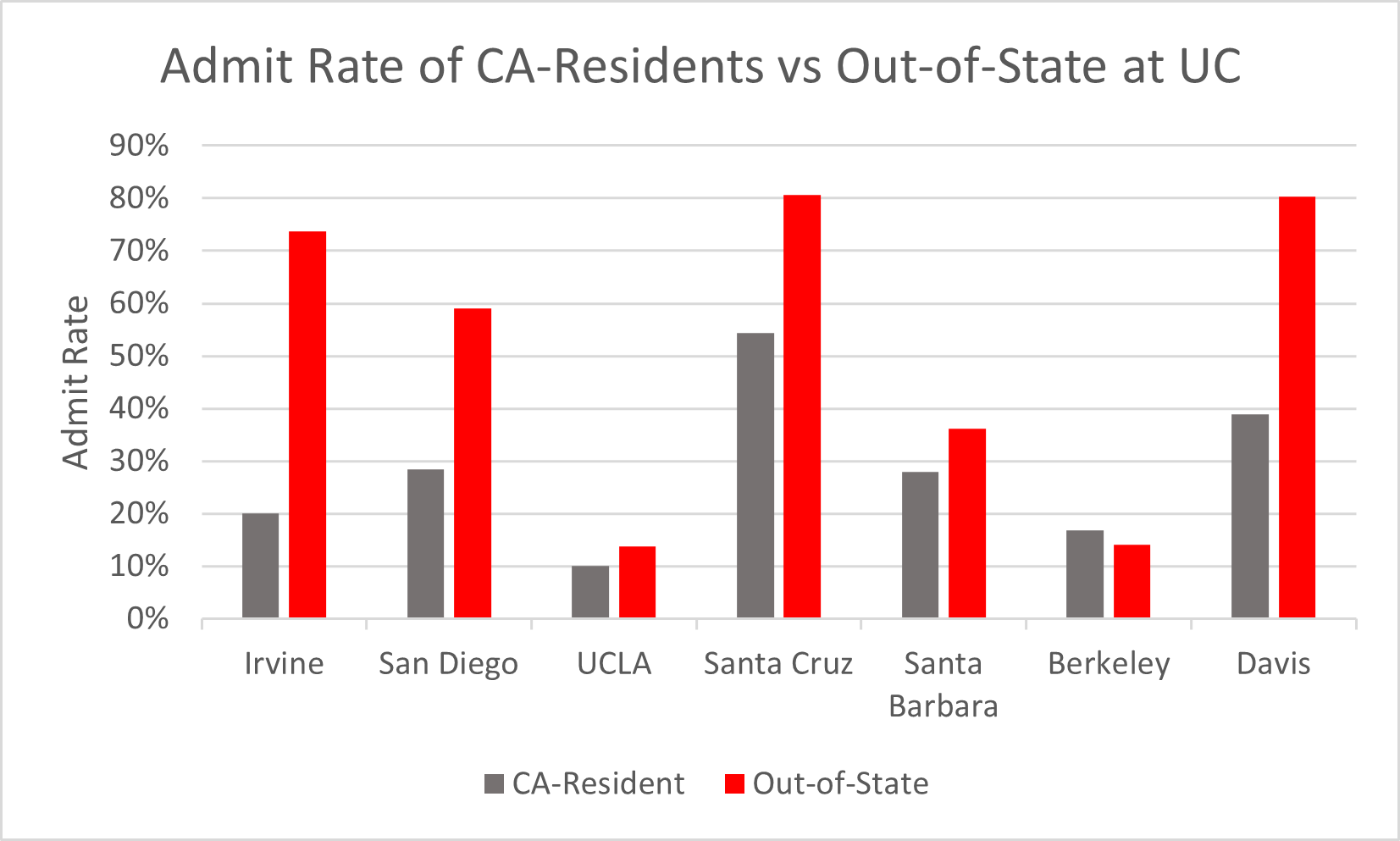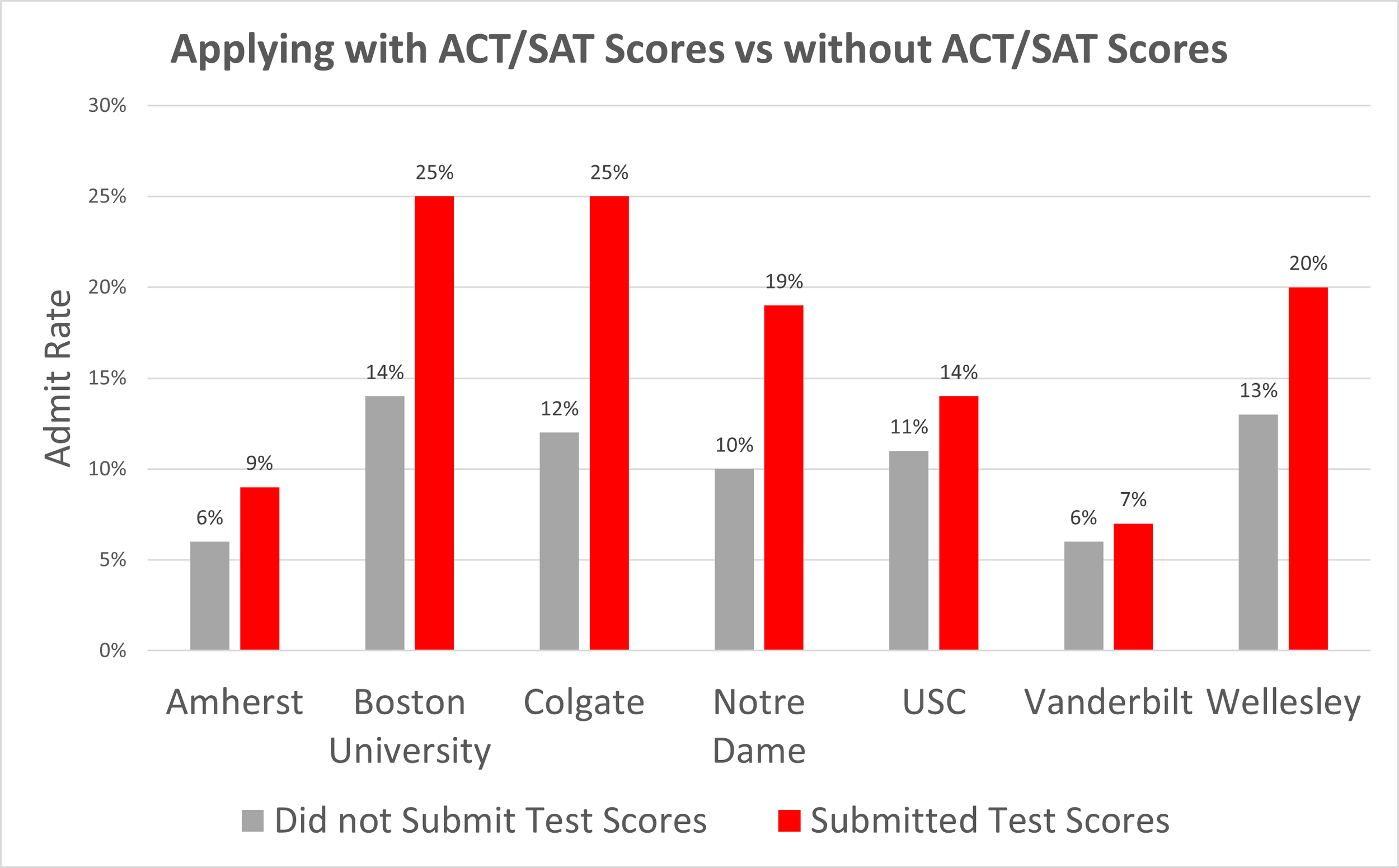SMART goal setting is the process of identifying future objectives that are Specific, Measurable, Attainable, Relevant, and Time-bound. It has been shown to result in increased focus, motivation, accountability, performance, personal development, and a sense of accomplishment.
There are several studies that demonstrate the importance of goal setting. One of the most well-known is a study by Edwin A. Locke and Gary P. Latham, two leading researchers in the field of goal setting and motivation. Their study, published in the Journal of Applied Psychology, found that individuals who set specific, difficult goals for themselves performed better than those who set easy or no goals at all. They also found that people who received feedback on their progress toward their goals performed better than those who did not receive feedback.
However, it's important to keep in mind that goal setting alone is not enough, and that it must be combined with other strategies such as planning, commitment, and persistence to achieve success.
Test preparation ties in well with SMART goal setting —
Specific: When we work with students, we help them to focus on specific goals for the future to increase their motivation. We start with questions such as:
“Who do you want to be in the future and what type of work sounds interesting?” and “What are some things you would like to accomplish in the future?”
From there, we backtrack to “What colleges might help propel you toward becoming that person and doing those things?”
Then we move on to “What grades and scores will you need to be competitive at those colleges?”
By setting specific, personal goals, students know why their putting the work into a test prep program and are all the more successful for it.
Measurable: For all the drawbacks of standardized exams, one of the upsides is that they are inherently measurable. When students put in the work with seasoned test prep professionals, their scores are going to go up — and best of all, they can see their objective improvement in real-time with each practice exam they take. In test prep, success builds on success, creating a virtuous cycle for the future.
Attainable: One of the keys to earning huge improvements on the ACT or SAT, is to set small goals within the larger goals. It can be daunting to set a goal to improve 5 composite points on the ACT (equal to +200 points on the SAT). A more effective approach might be to aim to improve by one composite point every time you take a monthly mock exam. Every time you improve, even by a single point, celebrate the victory! After five months of small victories, you’ll hit your larger goal of a five-point improvement (+200 on the SAT).
Relevant: Once you have an idea of colleges you might want to attend, and what scores will be required to be competitive, the test process becomes obviously relevant to achieving your goals for the future. Suddenly, ACT or SAT prep doesn’t feel like extra homework, it feels like actively working to achieve your dreams.
Time-bound: It’s important to create your test prep programs with specific official exams in mind. When a student knows what they’re working for, how to achieve it, and when it has to be done, there is often no holding them back.
If you’re interested in learning more about creating a 1-on-1 test prep plan with one of our Directors, contact us below.














